October 2025
The lightweight cars market is forecasted to expand from USD 73.93 billion in 2025 to USD 130.30 billion by 2034, growing at a CAGR of 6.50% from 2025 to 2034.
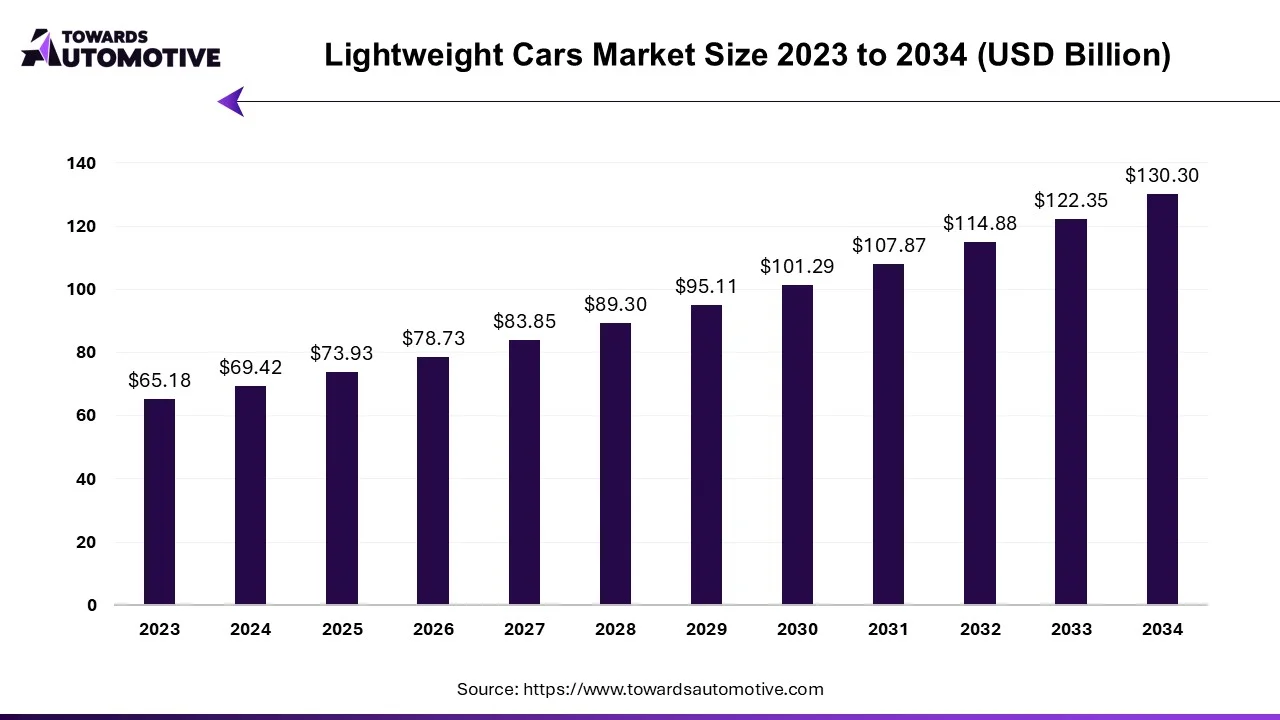
This market encompasses vehicles engineered with materials and technologies aimed at reducing overall weight, resulting in improved fuel efficiency, performance, and environmental sustainability.
A primary driver of the lightweight car market is the global push for fuel efficiency and stringent emission regulations. Governments worldwide are enforcing stricter standards to combat climate change, prompting manufacturers to develop lighter, more fuel-efficient vehicles. This regulatory landscape aligns with consumer preferences for enhanced performance and environmental responsibility.
Lighter vehicles not only offer improved fuel efficiency but also enhanced dynamics, including better acceleration and handling, appealing to consumers seeking high-performance driving experiences. Technological advancements, particularly in material science and engineering, have enabled manufacturers to achieve weight reduction without compromising safety or functionality, thus meeting regulatory and consumer demands.
The lightweight car market is influenced by distinct regional factors in key regions like North America, Europe, and Asia-Pacific. An increasing demand for lightweight passenger cars is a prominent trend driving the evolution of the lightweight vehicle market. This demand stems from global trends in sustainability, technological advancements, and changing consumer preferences. Stricter emission standards and the emphasis on fuel efficiency are key drivers, with governments worldwide implementing policies to reduce greenhouse gas emissions.
Advanced materials such as high-strength steel, aluminum, magnesium, and carbon fiber are central to the lightweight car market, offering strength and durability while reducing vehicle weight. Technological innovations in manufacturing and design, such as computer-aided engineering and 3D printing, further drive market growth by enabling precise and efficient use of lightweight materials.
The rise of electric and hybrid vehicles has also catalyzed the lightweight vehicle market, as weight reduction is crucial for maximizing range and efficiency in these vehicles. Increased investment and innovation in lightweight materials and design tailored for electric and hybrid vehicles are evident, reflecting the market's continued growth and contribution to sustainable transportation solutions.
The Asia-Pacific region holds a crucial position in the global lightweight car market due to its dynamic economies and rapidly evolving automotive sector. This region, encompassing countries like China, Japan, India, and South Korea, is characterized by significant automotive production and consumption.
In the Asia-Pacific region, the lightweight car segment, which emphasizes vehicles designed with reduced mass to enhance fuel efficiency and performance, is experiencing notable growth driven by various market dynamics and technological advancements.
The economic landscape of Asia-Pacific, particularly in emerging economies such as China and India, is witnessing robust growth. This growth has led to increased purchasing power and a burgeoning middle class, resulting in heightened demand for automobiles, including lightweight vehicles. Moreover, alongside increased vehicle sales, there are growing investments in automotive research and development focused on lightweight materials and technologies.
Significant progress is being made in automotive technologies in the region, with a strong emphasis on developing lightweight materials like high-strength steel, aluminum, magnesium, and carbon fiber. Companies in Asia-Pacific are actively investing in research and development to create innovative lightweight solutions that prioritize vehicle safety and performance. These companies are not only introducing new models but also collaborating with material suppliers and technology firms to advance lightweight automotive technologies.
These collaborations play a pivotal role in driving innovation and reducing the costs associated with lightweight materials and technologies, thereby making them more accessible and viable for mass-market vehicles, ultimately contributing to the growth of the market.
Most automotive manufacturers are actively engaged in the automobile headlights market, often fostering long-term collaborations with major manufacturers. In response to the imperative of sustainability and emissions reduction to safeguard the environment, many original equipment manufacturers (OEMs) have integrated electric vehicles into their vehicle lineups. The industry is dedicated to investing in and advancing electric vehicles that offer an optimal balance of performance and durability.
For instance,
This strategic move reflects Toyota's steadfast commitment to sustainable transportation and its ambition to offer European consumers high-quality vehicles. The collaboration with BYD underscores Toyota's approach of leveraging partnerships to advance lightweight electric technology and innovative products.
The autonomous cars market is projected to reach USD 6.034 trillion by 2034, expanding from USD 2,332 trillion in 2025, at an annual growth rate of 11.39% during the forecast period from 2025 to 2034.
The growing adoption of driverless vehicles by fleet operators coupled with technological advancements in the automotive sector is playing a vital role in shaping the industrial landscape. Moreover, the scarcity of drivers in developed nations along with numerous government initiatives related to mandating autonomous driving to enhance safety has boosted the market growth. The advancements in 5G technology as well as increasing focus on developing robotaxis is expected to create ample growth opportunities for the market players in the upcoming days.
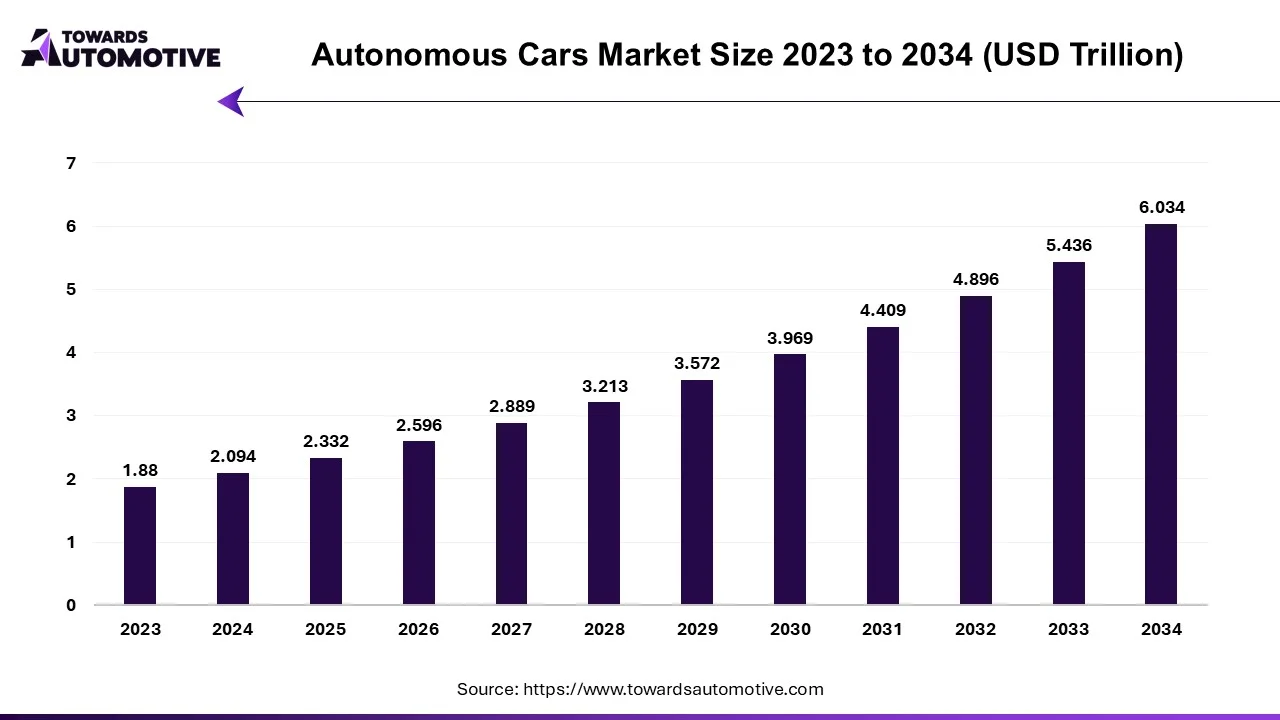
The autonomous cars market is a prominent branch of the automotive industry. This industry deals in manufacturing and distribution of autonomous vehicles in different parts of the world. These vehicles comes with different level of autonomy including level 1, level 2, level 3 and level 4. It is powered by various types of fuel consisting of ICE, electric and hybrid. The end-users of these cars consist of personal users and shared mobility. This market is expected to rise significantly with the growth of the ADAS industry around the globe.
The cars market is forecast to grow from USD 1.61 trillion in 2025 to USD 4.16 trillion by 2034, driven by a CAGR of 11.15% from 2025 to 2034.
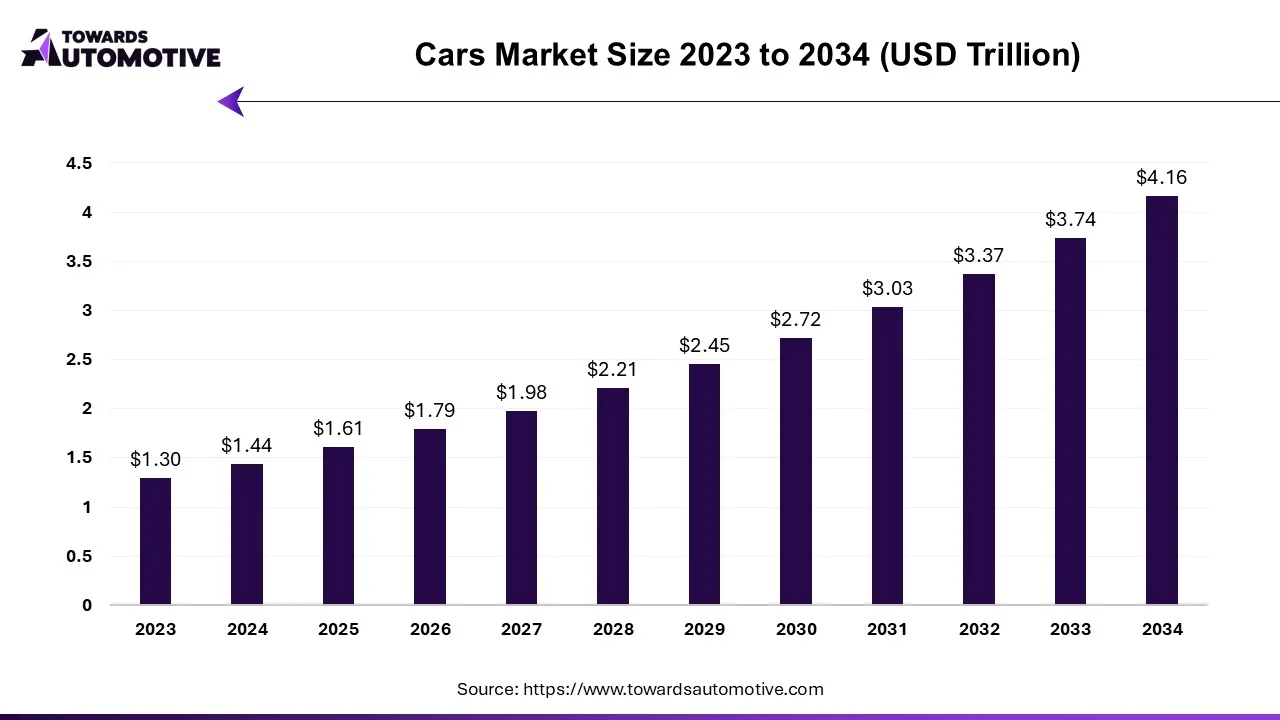
As the global population continues to grow and urbanization becomes increasingly prevalent, economic growth is propelled forward. This demographic shift brings about a heightened need for personal mobility, driven by the influx of people into urban areas. In these bustling city environments, businesses and individuals alike rely heavily on convenient transportation to navigate through congested roads and extended travel times. Cars emerge as the primary mode of transportation in urban settings, catering to the demand for comfort, convenience, and reliability. With urban populations experiencing a surge in purchasing power, there's a corresponding increase in the desire for luxury goods like cars. This heightened consumer demand fuels the growth of the automotive market as individuals seek out vehicles that not only fulfill their transportation needs but also serve as status symbols.
The used cars market is forecast to grow at a CAGR of 4.53%, from USD 2.93 trillion in 2025 to USD 4.36 trillion by 2034, over the forecast period from 2025 to 2034.
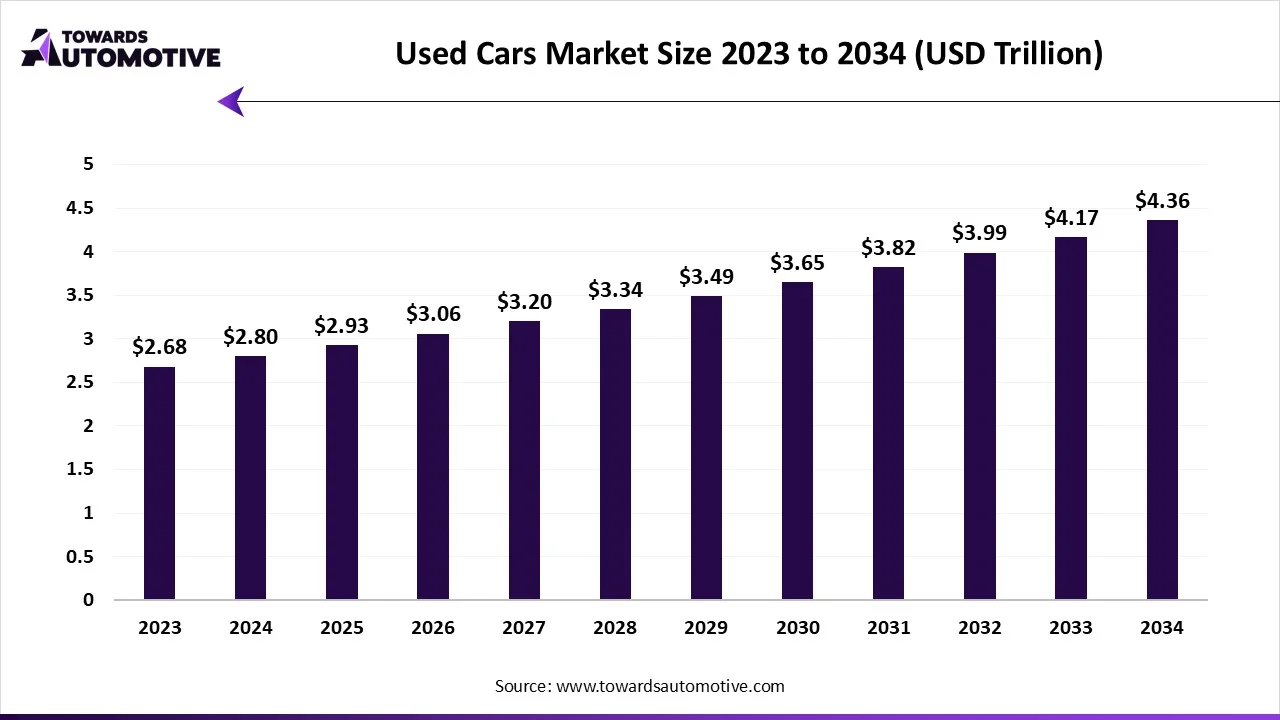
The used cars market is a prominent branch of the automotive industry. This industry deals in purchasing and selling of used cars in different parts of the world. The used car dealers are engaged in selling various types of vehicles consisting of hatchback, sedan, SUV and some others. These vehicles are powered using several types of propulsion comprising of gasoline, diesel, hybrid, electric and some others. There are numerous types of dealers engaged in this sector including peer-to-peer dealers, franchised dealers, independent dealers and others. The rising sales of used cars in different parts of the world has boosted the market growth. This market is anticipated to rise significantly with the growth of the luxury vehicle industry around the globe.
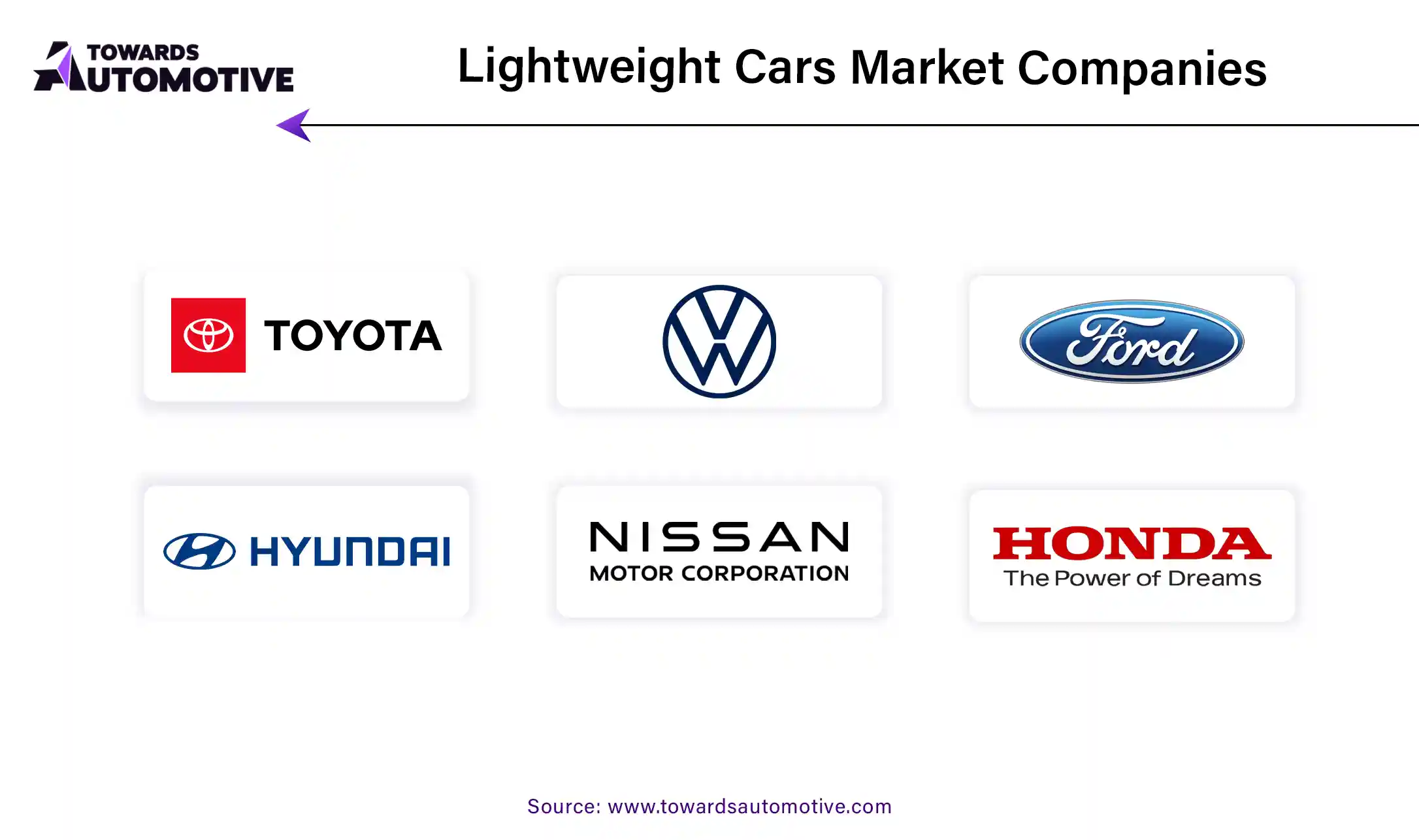
By Vehicle Type
By Material Type
By Geography
October 2025
October 2025
October 2025
October 2025
We offer automotive expertise for market projections and customizable research, adaptable to diverse strategic approaches.
Contact Us